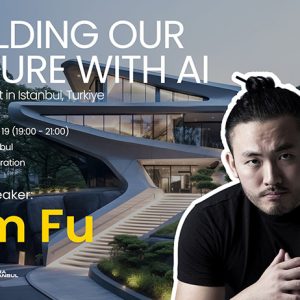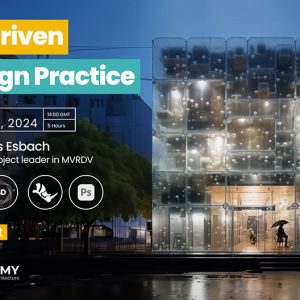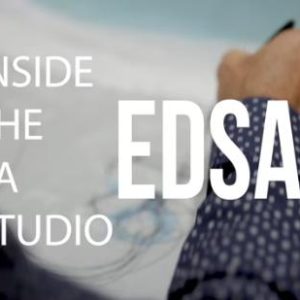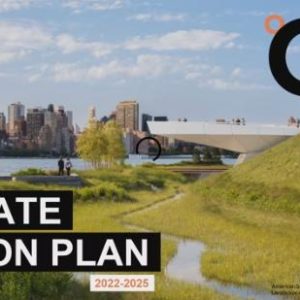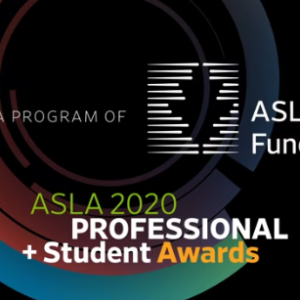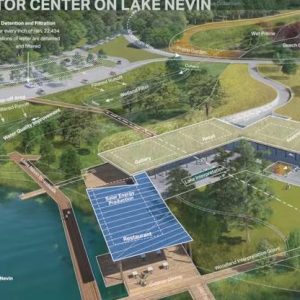Tim Fu: Artificial Intelligence, Zaha Hadid Architects, Building our future with AI
We had a great workshop with Tim Fu in the first half of January. This time, during the Parametric Intelligence workshop, we learned to fully develop our own design from 2D to 3D, using holistic AI workflow, going from AI concept design with Midjourney, parametric design with Rhino/Grasshopper, and LookX for detail development and rendering.
Parametric Intelligence workshop is tailored towards all levels, from low to medium; on day 1, Tim introduced multiple AI text-to-image algorithms and compared them; on the more advanced, you could focus on the parametric interpretation and realization as well as the 3D rendering so everyone can take it in a different direction, create their design with their own typology, Tim walked us through the entire process, we start with an introduction to Midjourney which is a machine model that is converting your text into images.
The history of the Midjourney started out with neural networks as technology advanced to a certain point in the last decade or so. We then had a generative adversarial network, and that’s where machines started being able to differentiate and discriminate patterns with visuals, which was a breakthrough in the last five years; recently, we had a diffusion model breakthrough, which is where all our modern image to text, text to image algorithms come from, it’s the underlying principles of how we think about and know AI, the image is first understood by diffusing it which is reducing the image pixels into a few pixels and then analyzing those pixels to understand the correlation between them.
However, let’s introduce this algorithm to new concepts that can be labeled in any language. AI can understand the correlation between the pixel relationship and the text we associate with that image. So if you ask for a certain image to be created, AI will try to start again from pure static, defusing backward and replenishing the pixels one by one until the desired parameters fulfill the criteria of being whatever was initially requested to be done.
All participants got to participate in challenges and showcased their initial work in our interactive workshop for Tim to review; Tim then proceeded to teach students his personal approach to navigating through the software as well as the proper prompt crafting techniques to get the best results, which reflected immediately on participant’s outstanding work creating an interactive learning environment.
On day 2, participants of Parametric Intelligence indulged in more challenging tasks, aiming to enhance their skills, diving deeper into aesthetics and visual enhancement techniques, and examining parametricism in AI and design. Tim gave a basic introduction to Rhino and Grasshopper for participants to be able to demonstrate and better understand his techniques.


